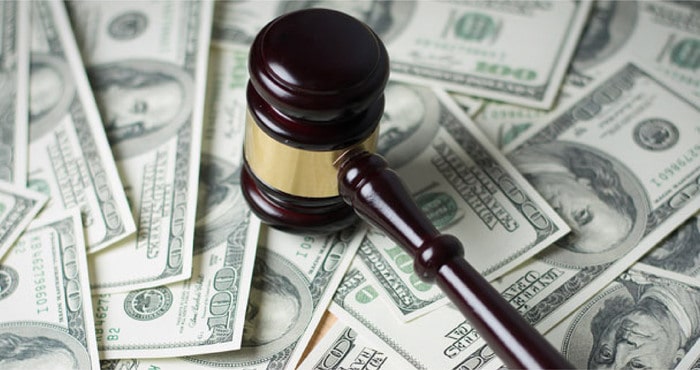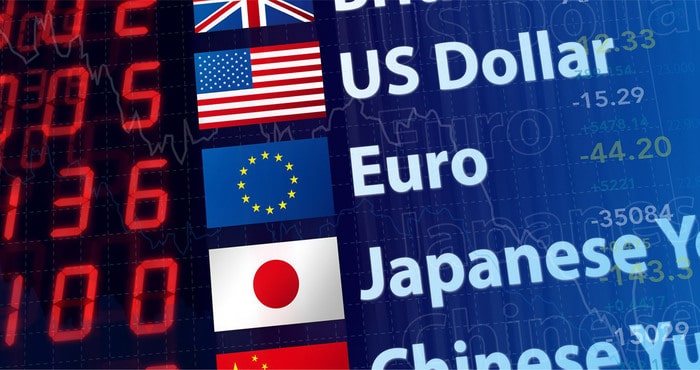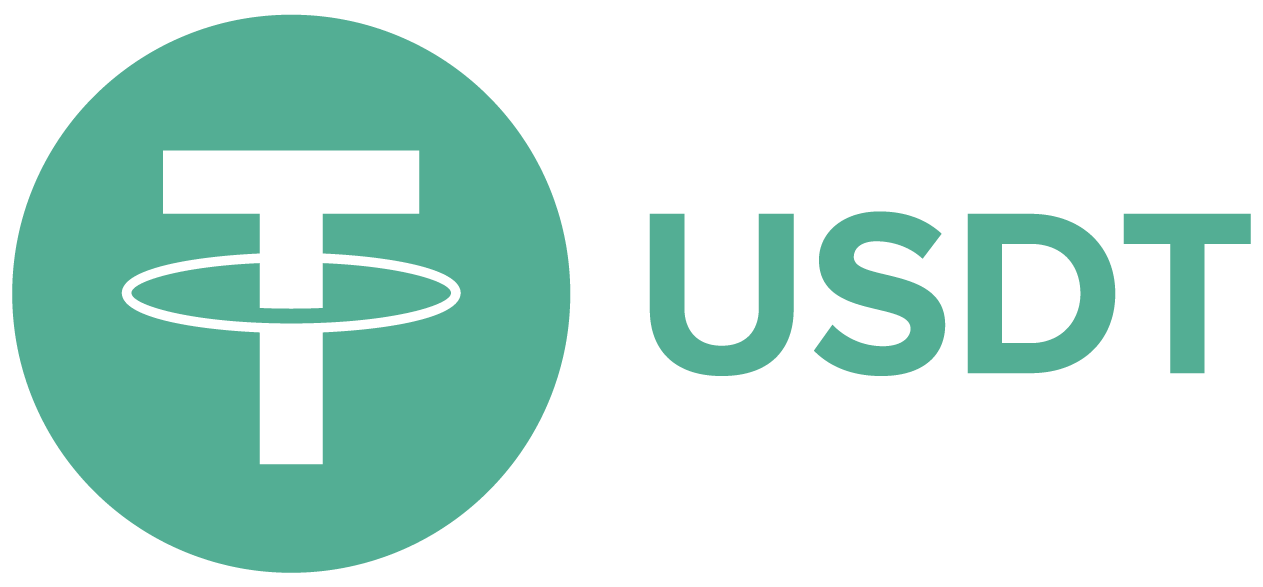Chapter 1 - Introduction to the Forex Market
Lesson 1.1 - Currencies
On the currency exchange, currencies become the commodity or securities that are traded andtheir prices are speculated, so it is necessary to look into the system of currencies within the currency market (Forex).
Currency Law (ISO 4217)

Currency law: is the standard for the names of currencies defined by the International Organization for Standardization.
ISO 4217 is a list of codes in force in the banking and business sectors around the world for determining currencies, and the exchange rates published by the newspapers or announced in banks use only these symbols to identify these different currencies, instead of translating them or using obscure symbols
In this list, all the currencies of the world are coded to 3 characters for each currency. For example:
The US dollar symbol is USD as the abbreviation of US Dollar
The Canadian dollar symbol is CAD as the abbreviation of Canadian dollar
The Australian dollar symbol is AUD as the abbreviation of Australian dollar
The Euro: It is the single European currency, and its symbol is EUR.
Japanese Yen: It is the Japanese currency, and its symbol is JPY as the abbreviation of Japanese yen
British Pound: It is the Great British currency, and its symbol is GBP as the abbreviation of Great Britain Pound.
Swiss Franc: It is the currency of Switzerland, its the symbol is CHF as the abbreviation of Confederal Helvetica Franc.
Currencies Pairs
After specifying the symbol for each currency, comes the most important question: how can currencies be bought and sold? For example, what can I sell US Dollars for?, or what should I pay to get the Euro?
Quite simply, all you have to do to buy one currency is to sell another currency, and if you want to sell one currency then you have to buy another currency.
For example, if you want to get the US dollar, you have to pay the Euro and get its equivalent of the US Dollar.
For example, if you decide to give up what you own of the Japanese Yen, you have to replace your Yens with their equivalent in the Pound Sterling, for instance.
therefore, buying a currency means selling another currency, and selling a currency necessarily means buying another currency. This rule is the basis for offering currencies in the Forex market.
Currencies are offered in the Forex market in the form of currency pairs. When you decide to sell a currency against another, you must specify the pair that combines the two currencies to implement your decision, and write the currency pairs as follows:
For the pair that combines the US Dollar against the the single currency of the European Union (the Euro), this pair is symbolized by EUR / USD, i.e., the ISO symbol is used for both currencies facing each other.
Another example is the pair that groups the Swiss Franc against the British Pound, expressed by the symbol GBP / CHF.
Base currency
hence, two very important questions come to mind right now:
The first question: - On what basis are the names of the currencies arranged?
The second question: - What does the price in front of the currency pair represent?
To answer these questions, we need to know what is called the base currency.
For example, the pair EUR / USD = 1.5
The currency whose symbol is first placed in the formula is called the base currency, and the ISO codes are written for the currencies from left to right, and the price is the amount of the second currency required to be paid to obtain one unit of the base currency.
In our example, you would have to pay one and half US Dollars (the second currency) to obtain one unit of the Euro (the base currency).
Another example
When we say: USD / JPY = 120
The US Dollar symbol here is placed first, so it is the base currency, and therefore the price placed in the formula is the amount to be paid from the second currency (Yen) to obtain one US Dollar (one unit of the base currency),i.e., we are required to pay 120 Yens for obtaining one US Dollars.
This rule applies to all currencies.
There is no reason for writing currency formulas in specific forms, but it has become closer to being a custom in the currency market to see currency formulas consistently, for example, you will always find the name of the pair that combines the US Dollar and the Euro in this form (EUR / USD) i.e., the Euro is the base currency and the US Dollar is the second currency, and this is the usual formula in which you will always see the name of this pair, whether on the trading screens of brokerage firms, or even in the articles of analysts or the opinions of traders.
Sometimes, it is claimed that this is due to the ease of calculating the value of a point, when offering the prices of different currencies, (the point value will be discussed later).
However, there is nothing to prevent you from seeing another formula for the pair in which you find the US Dollar is the base currency and the Euro is the second currency, so the pair name is written in this way (USD / EUR), but in this case you will need a flexible price display screen to allow you to view the prices in the formula right for you.
You should know that the price corresponding to the pair name will change if you change the formula in which the pair name is displayed, because of the change in the base currency and the second currency, for example:-
EUR/USD= 1.20
This means that you have to pay 1.20 US Dollars to get one unit of the Euro. What if we change the position of the two currencies in the formula?
USD/EUR= 0.80
In this formula, you have to pay 0.80 cents of the Euro to get one unit of the US Dollar.
Major currencies (Majors)

There are two terms that have special value, that are usually associated with traders all the time inside the market, and that must be known about the names of the currencies, which are Majors and Crosses.
Despite the large foreign exchange market, most estimates indicate that 80% of trading is based on four currencies, namely the Euro, the Pound Sterling, the Yen and the Franc, all of which are traded against the US dollar.
For more clarification, if you go to the teller to buy or sell the US Dollar or the Pound Sterling, for example, you will find them with ease, because there are many people dealing with these currencies, they are acceptable not only in the United States and Britain, but in different countries of the world, meaning that the demand for them is high, and
since the Euro, Yen, British Pound and the US Dollar are the currencies of the countries with the largest economy in the world, and because most transactions between countries and individuals take place in one of these currencies, 80% of trading takes place in these currencies.
As for the Swiss franc, there is no doubt that the strength of the Swiss economy is not comparable to the economy of the previous four countries. However, the international custom has made the Swiss economy and its currency (the franc) a safe haven in the major international calamities. Definitely, you know that most of the world's rich people keep their money in Swiss banks.!!
Whereas the US Dollar is the most important of these currencies at all, it is the main currency traded against all the previous four currencies.
- EUR / USD
- GBP / USD
- USD/JPY
- USD/CHF
Since these currencies dominate the largest portion of trading in the world, and therefore these pairs are the most liquid among all currency pairs, these four pairs are called the major currencies (majors).
In addition to trading in the previous four currencies against the US Dollar, you can also buy and sell currencies of other countries in the currency market against the US Dollar as well, such as:
- USD / CAD
- AUD / USD
- NZD / USD
You can definitely buy any currency against the US Dollar, for example, you can buy the Egyptian Pound and sell the US Dollar as you do when you go to the currency exchange, but in the international currency market, the majority of speculators do not exceed the previously mentioned currencies, and 80% of the trading is focused on the four major currencies against the US Dollar.
Crosses
They are pairs in which the US Dollar does not represent one of the traded currencies, and the transactions are made between other currencies.
Currencies that are bought or sold against currencies other than the US Dollar are called crosses.
The most famous crosses that are traded on the currency market are:
- EUR/GBP
- EUR/JPY
- EUR/CHF
- GBP/JPY
- GBP/JPY
In fact, the four major currencies, together with the crosses mentioned earlier, account for more than 95% of trading on the international currency exchange.
Direct currencies and indirect currencies
Direct currencies and indirect currencies, are terms that are not common in the currency market, but they should be noted.
Direct currencies are the currencies in which the US Dollar represents the second currency, such as:
- EUR/USD
- GBP/USD
- AUD/USD
- NZD/USD
Indirect currencies are the currencies in which the US Dollar represents the base currency, such as:
- USD/CHF
- USD/JPY
- USD/CAD
Speculation in currencies other than international currencies
Let's introduce the term (global currencies) , which refer to the currencies that are distinguished by being issued by the major economies of the world, which means that the currency enjoys great price stability, as well as the currencies that are accepted for trade throughout the world, which makes their demand always high, and these are:
- USD
- EUR
- GBP
- JPY
- CHF
- AUD
- CAD
- NZD
We have just mentioned that these currencies account for more than 95% of trading on the international currency exchange.
What are the reasons behind the lack of speculation in the prices of other currencies other than these currencies?
Currencies derive their strength from the power of the economy of their issuing country, and therefore the currencies of countries with an emerging economy or less-developed economies are relatively unstable.
- You will find countries that set the exchange rate of their currency at a fixed price, and therefore there is no fluctuation in their prices, i.e. they do not have opportunities for speculation or investment, such as the UAE dirham, which symbol is (AED).
- There is no demand for the currencies of some countries, and they are not much accepted in many countries, such as the Iranian Riyal , which symbol is (IRR).
- Sometimes economic crises ravage countries leading to the their currency collapse, such as the Venezuelan Bolívar, which symbol is (VEF).
- In the wake of the economic collapse, some countries tend to re-issue a new currency, abandoning their currency, which collapsed as a result of an economic crisis such as the Peruvian Sol, which is the currency of the State of Peru, and its symbol is (SOL). It was abandoned and a new currency was issued in the name of the new Peruvian Sol, bearing a new symbol that is (PEN).
- The currency's lack of acceptance worldwide means that the currency does not have sufficient liquidity, and therefore it faces difficulty in executing sales or purchases, or the brokerage firms impose very high commissions thereon in order to provide sufficient liquidity for trading.
- The economies of countries, other than the major economies, are usually unstable, and thus their currencies is also unstable, which raises the risk of trading to unusual and unacceptable levels for speculators.


 English
English





